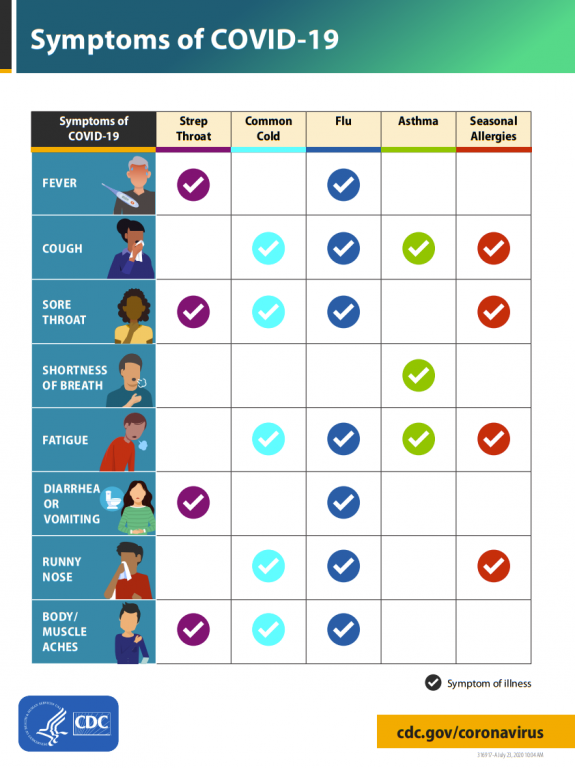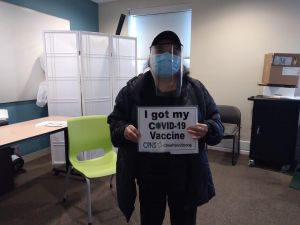People have been bombarded with endless headlines about COVID-19 for the past year, but how does it actually spread from person to person?
In March of 2020, a leading scientist may not have been able to give any answer to that question, but a full year later, now there is a better understanding of the virus that causes COVID-19.
One of the key differences between COVID-19 and other diseases is that a large percentage of COVID-19’s transmission is thought to be through people who are infected but never develop symptoms.
Unfortunately, because of this, it makes it very difficult to track exactly how many people have had COVID-19, since a CDC study from January 2021 estimated that around half of infections came from people who showed no symptoms of illness.

People are unable to detect COVID-19 until the person is already sick and the virus can incubate incredibly fast. The infected person can start showing symptoms anywhere from 2-14 days after they were exposed, or they may not develop symptoms at all.
This list can include fever, fatigue, shortness of breath, body muscle aches and coughing. These can be minimal and manageable, but things like shortness of breath can lead people into hospital beds and can cause death, especially in people with high-risk conditions.
Sometimes it can be extremely difficult, depending on the severity of symptoms, to know if someone might have COVID-19 or just the flu or a cold. Some might even receive a false-negative COVID-19 test because it may still be too soon to detect, or the testing could be done incorrectly in rare cases.
What about those who don’t have any symptoms? How can that be possible when many cases have left thousands with residual effects or a larger number of people to an unfortunate death.
One way a person might be able to tell if they were at one point infected with COVID-19 is through an antibody test.
The COVID-19 antibodies usually begin developing about one to three weeks after they become infected which can lead to a positive SARS-CoV-2 antibody test. This can mean a person is or was infected with the virus, but it does not mean the person is currently still infected.
There’s still an unknown number of people who have had COVID-19 without symptoms and continued living their lives and currently, there is no way to know if these people had COVID-19 or not.
Even if these people have antibodies, there isn’t enough information to determine how protected they are from the virus and for how long.

While the pandemic seems like it is coming to an end, since the vaccines are becoming available to a larger number of people, it’s still important to continue social distancing and take precautions until as many people as possible have been vaccinated.
Get the vaccine when it becomes available. Anyone older than 16 in the state of Pennsylvania is eligible to get the vaccine as of April 13th.
In the meantime, wear a mask over the nose and mouth and stay six feet apart from others who do not live with in the same household, even after being vaccinated. Wash your hands often and use hand sanitizer that contains a minimum of 60 percent alcohol.
More people receiving the vaccine and continuing to use precautions afterward will help lead the way back to normal.


